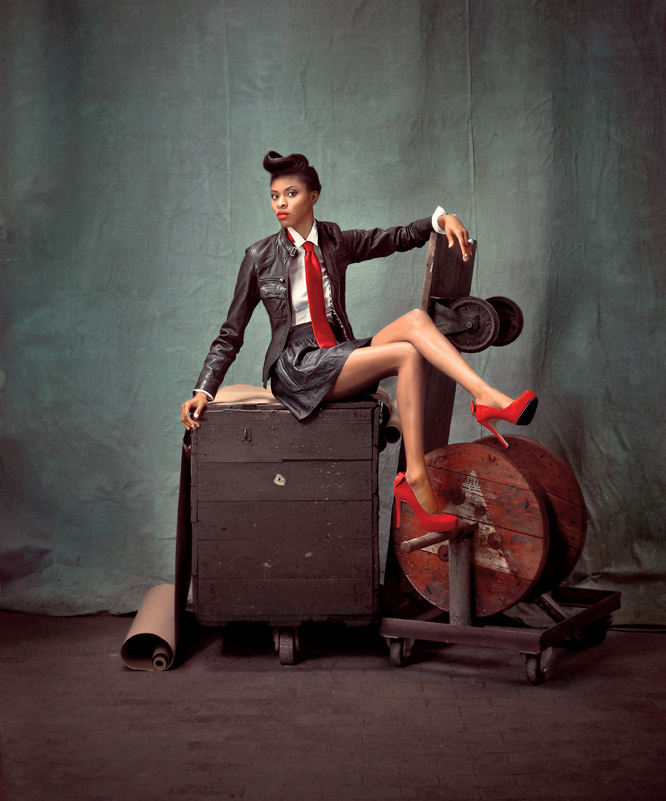Thirteen years of professional modeling through America’s most enduring fashion evolution
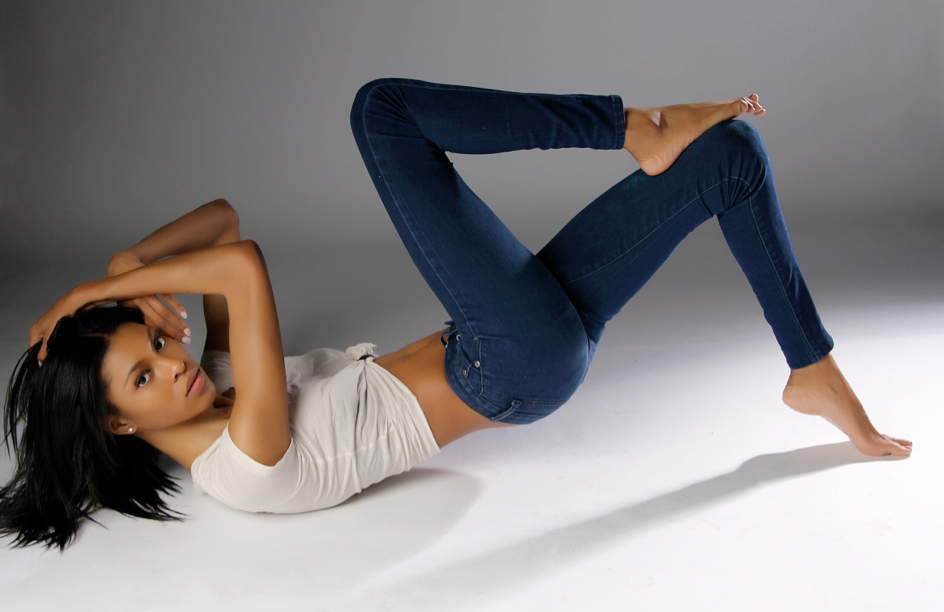
There’s something profoundly democratic about denim that I’ve discovered through thirteen years of professional modeling. I’ve worn Alexander McQueen gowns worth more than most people’s cars, yet it’s denim—humble, honest, working-class denim—that has taught me the most about fashion’s power to communicate across culture, class, and time.
As I write this in 2025, watching the Western renaissance unfold with Beyoncé’s “Cowboy Carter” phenomenon and the broader cultural embrace of Americana, I’m struck by how cyclical our relationship with denim truly is. This isn’t just about trends returning; it’s about America continuously rediscovering itself through the fabric that built our modern identity.
The Foundation Years: Learning Denim’s Language
When I began modeling in Birmingham in 2012, denim was trapped in its skinny-jean stranglehold era. Everything aimed for sleek, urban aspiration—expensive-looking effortlessness that actually required significant effort to achieve. Working with [PHOTOGRAPHER PLACEHOLDER] and [PHOTOGRAPHER PLACEHOLDER], I learned how denim photographs differently than other fabrics, how it holds light, how it moves with the body.
Those early years taught me denim’s democratic power. Whether shooting for local boutiques or preparing for larger campaigns, denim provided authentic foundation that other fabrics couldn’t match. It was forgiving for new models, substantial enough to photograph well under various lighting conditions, and versatile enough to communicate different messages through styling alone.
Working with [DESIGNER PLACEHOLDER] during this period, I discovered premium denim’s sophisticated possibilities. These weren’t just jeans—they were precision-engineered garments that understood both fashion history and contemporary body consciousness, costing more than my rent but photographing with unmistakable luxury appeal.
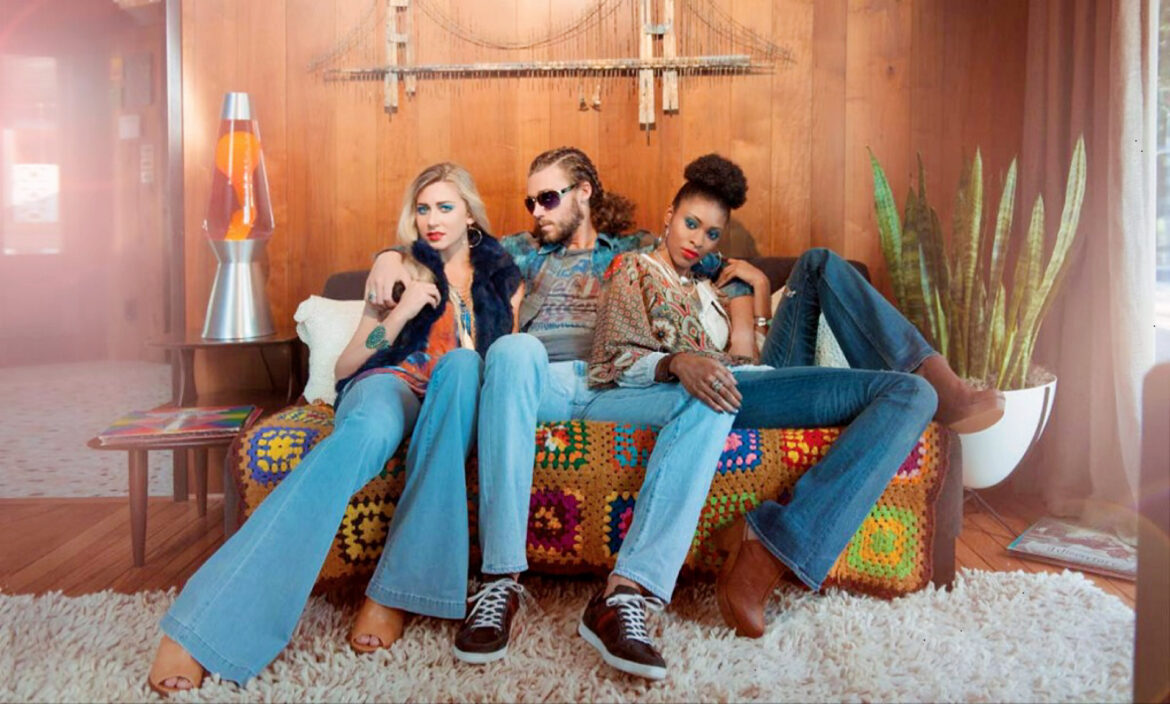
The Designer Evolution: High Fashion Meets Heritage
When [DESIGNER PLACEHOLDER] brought me to New York Fashion Week, denim was beginning its evolution from trend-driven commodity to fashion statement. Runways featured denim pieces styled unexpectedly—wide-leg jeans with silk blouses, distressed pieces treated as luxury items.
Working with [DESIGNER PLACEHOLDER]’s collections, I witnessed how established designers incorporated denim into previously “serious” fashion contexts. The hierarchy separating denim from high fashion was blurring, and models like me were tasked with selling this evolution to potentially resistant audiences.
The most striking aspect of wearing designer denim was how it forced reconsideration of what denim could communicate. These weren’t clothes for manual labor or teenage rebellion—they were sophisticated statements that happened to use denim’s visual language. The modeling challenge was embodying sophisticated energy while maintaining denim’s inherent authenticity.
The Silhouette Revolution: From Skinny to Statement
By 2018, fashion was ready for change, and denim led the charge. The skinny jean’s decade-long dominance cracked as wide-leg, straight-leg, and vintage-inspired silhouettes entered mainstream fashion. As a model, this shift required completely relearning movement, posture, and energy.
Working with [PHOTOGRAPHER PLACEHOLDER] on shoots exploring this silhouette evolution, I discovered how wide-leg jeans demanded different posture than the skinny jeans I’d perfected. Instead of emphasizing body-conscious lines, these pieces celebrated fabric movement, proportion play, and relaxed relationships with the body.
This period represented fashion democracy in action. Suddenly, multiple “correct” ways to wear denim coexisted. For someone who’d spent years perfecting skinny-jean elegance, this expansion felt both liberating and challenging.
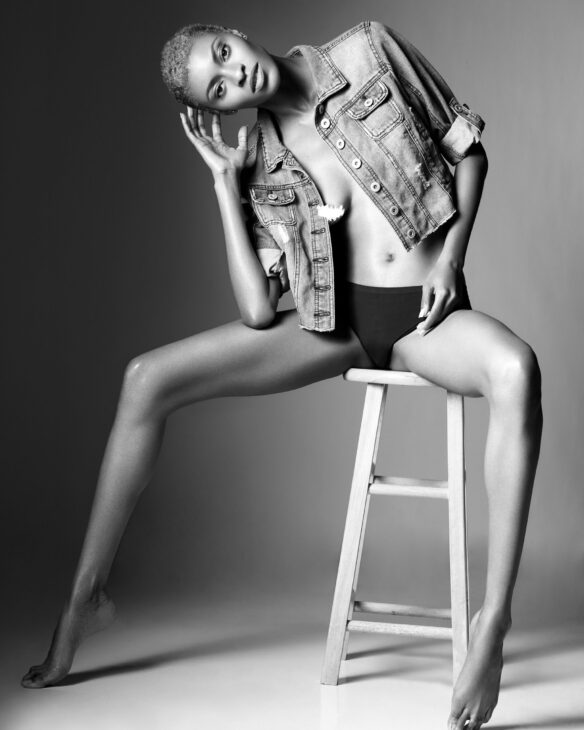
The Western Renaissance: Cultural Reclamation
While the fashion world focused on pandemic-era minimalism, I noticed subtle shifts toward Western-inspired elements—contrast stitching, pearl snaps, slightly flared silhouettes appearing in contemporary collections. Working with [DESIGNER PLACEHOLDER] and [PHOTOGRAPHER PLACEHOLDER], we began incorporating Southern and Western-inspired settings that felt genuinely connected to our cultural landscape.
The massive popularity of “Yellowstone” moved Western fashion from niche to mainstream practically overnight. As a model comfortable with Southern aesthetics, I found myself booking campaigns specifically because brands recognized that authentic Western styling required cultural understanding, not costume interpretation.
When Beyoncé’s “Cowboy Carter” marked Western fashion as cultural reclamation statement, it felt personally significant. As a Black model in the South, I had opportunities to work on shoots celebrating Black Western heritage and challenging narrow perceptions of who embodies American Western style.
Regional Identity and Global Context
Working as a Birmingham-based model has provided unique perspective on how regional identity influences denim culture. The South has complicated relationships with fashion, and navigating those complexities while honoring both industrial heritage and sophisticated aspiration has been ongoing professional development.
Birmingham’s industrial past creates natural connections to denim’s working-class roots, while our fashion scene aspires to global relevance. The challenge in denim shoots has been creating imagery that feels authentically Southern without stereotypes, globally relevant without losing regional specificity.
Contemporary Moment and Future Vision
We’re experiencing peak Western influence in 2025, but fashion cycles don’t pause for cultural significance. I’m seeing hints of what comes next—technical innovation accelerating through sustainability concerns and advancing textile technology. Future denim might incorporate smart textiles, bioengineered materials, and production processes we can’t yet imagine.
The challenge will be maintaining denim’s essential authenticity while embracing evolution. Denim’s power comes from connection to genuine human experience—work, rebellion, comfort, identity expression. Future trends must honor that foundation while exploring new possibilities.
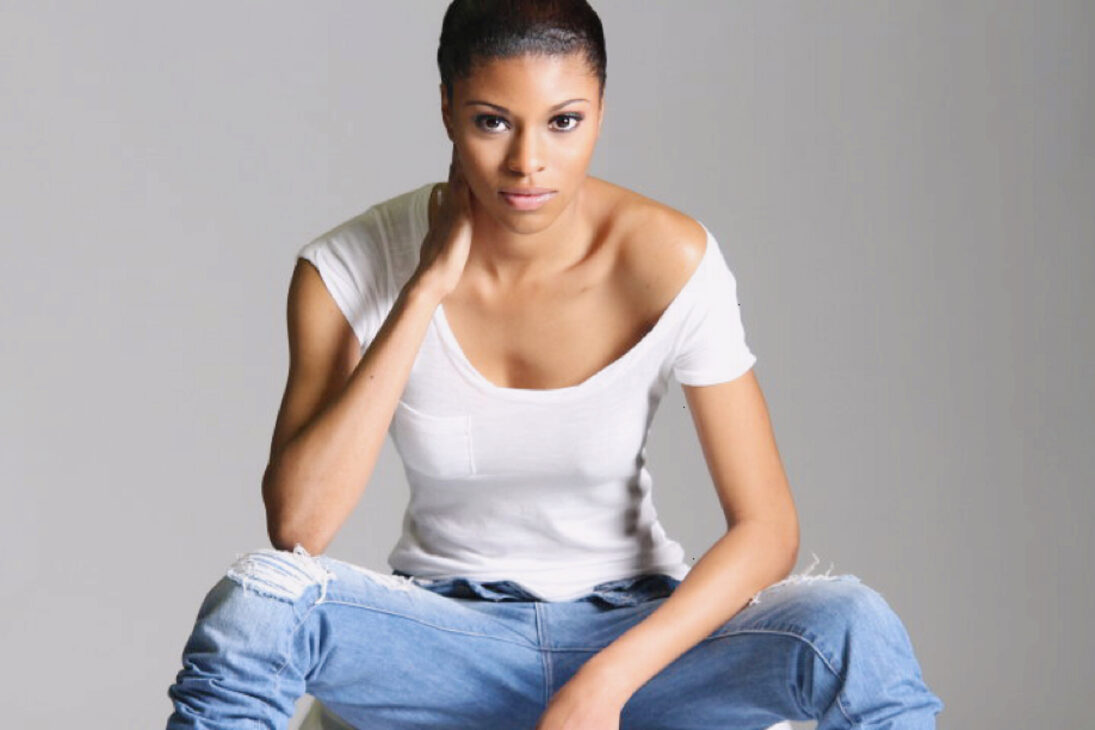
Lessons Learned
Thirteen years of denim modeling taught me that fashion’s most powerful pieces balance authenticity with aspiration, heritage with innovation, accessibility with desirability. Denim achieves this better than perhaps any other garment category.
The best denim campaigns weren’t selling clothes—they were celebrating identity, heritage, work, comfort, rebellion, sophistication. The full range of human experience that denim touches throughout its cultural evolution.
Through my lens as both model and cultural observer, denim provides the template for how traditional garments can evolve without losing essential character. The thread continues, connecting past to future, individual expression to cultural belonging, offering unlimited opportunities for authentic fashion participation.
Finn Jasele is a professional fashion model with thirteen years of industry experience and founder of Infinity Jasele magazine. Based in Birmingham, Alabama, she advocates for authentic representation in fashion while exploring the intersection of sophistication, cultural heritage, and regional identity.

